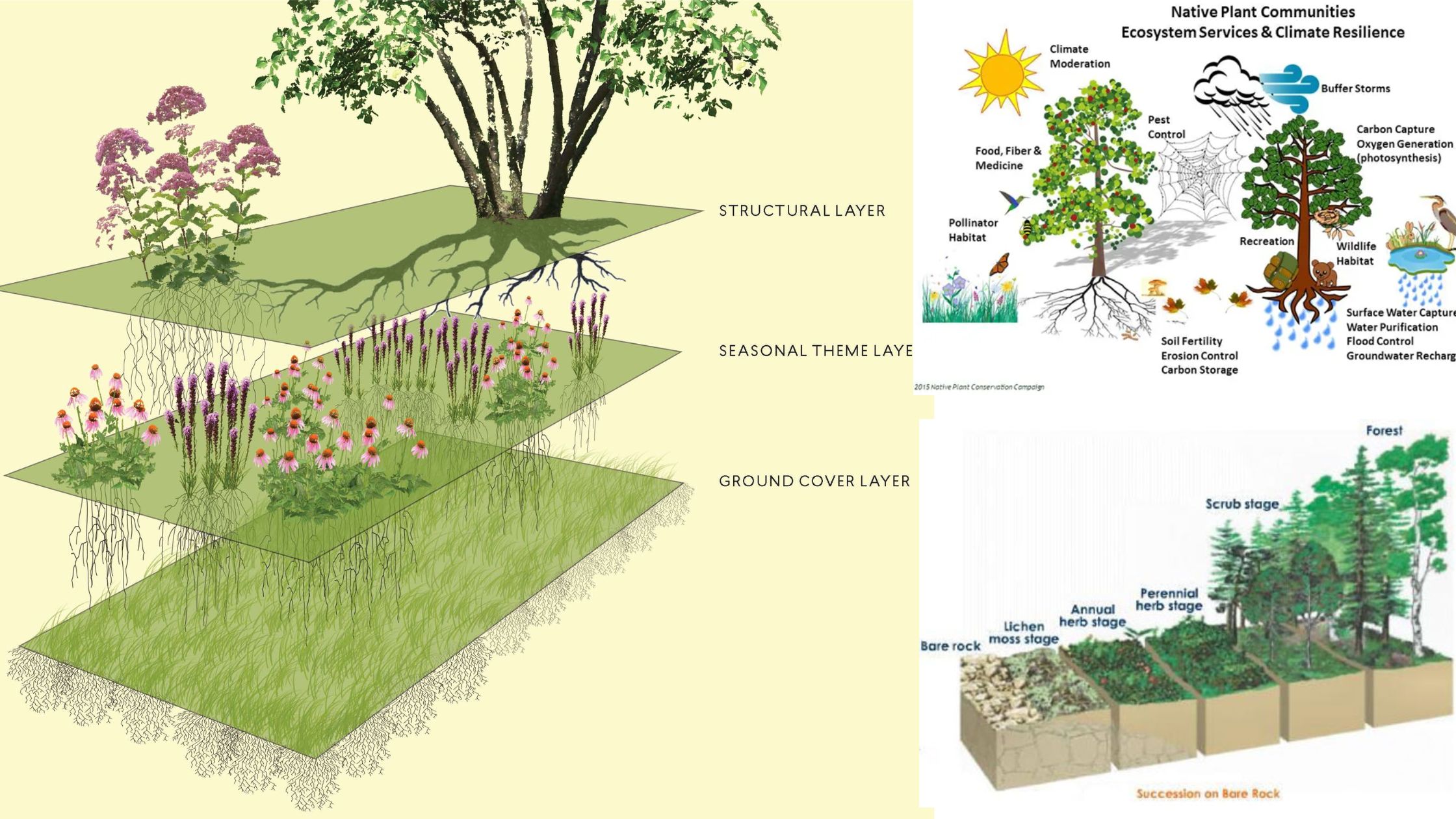Herbarium – Definition, Technique, Importance, Examples
Herbariums are fascinating repositories of plant life, offering a unique window into the diverse flora that populates our world. In this comprehensive article, we’ll delve into the definition, importance, and captivating examples of these botanical treasure troves, providing you with a deeper understanding of these remarkable institutions. What is a Herbarium? – Meaning of Herbarium … Read more




